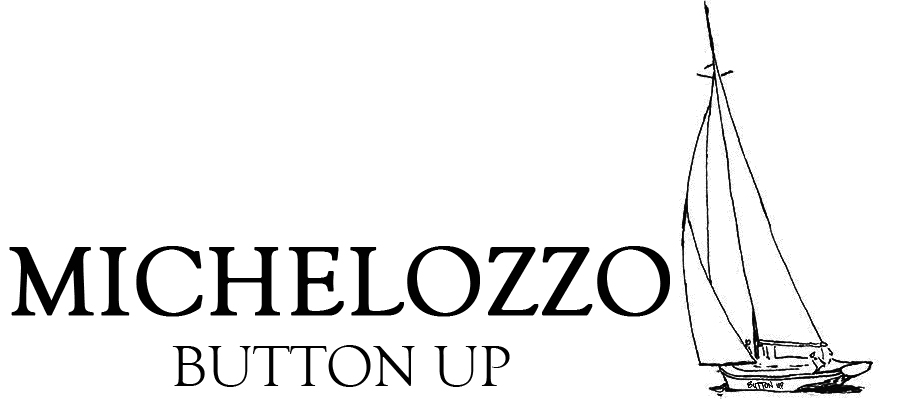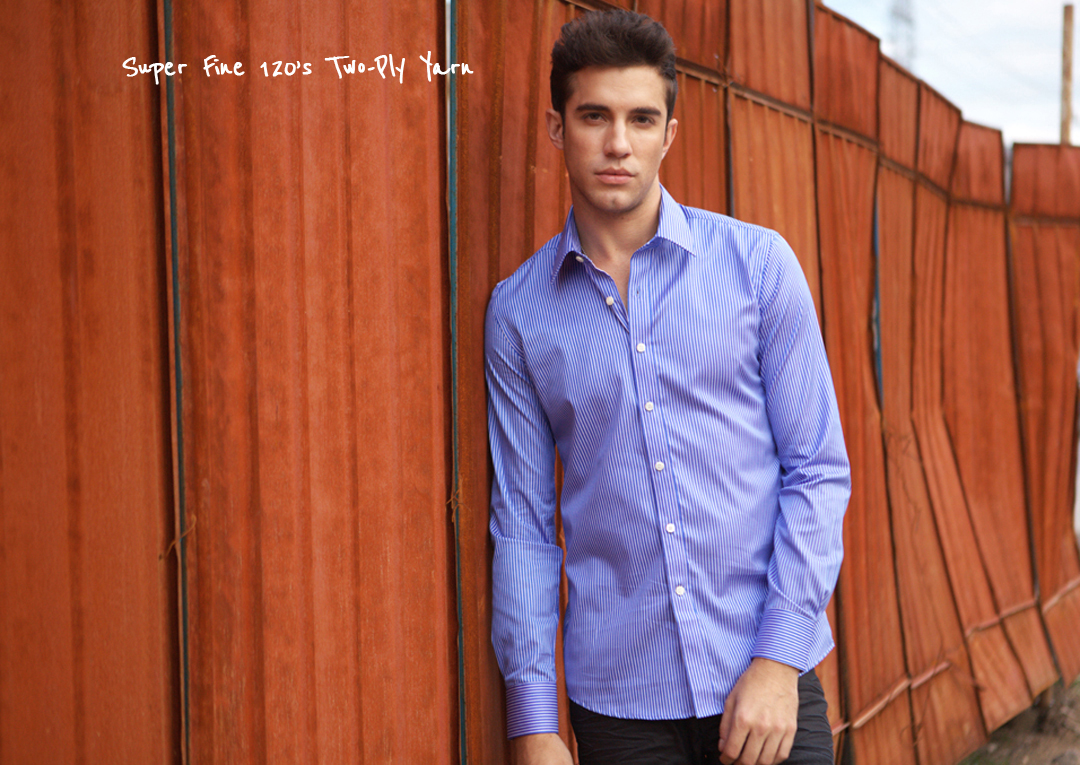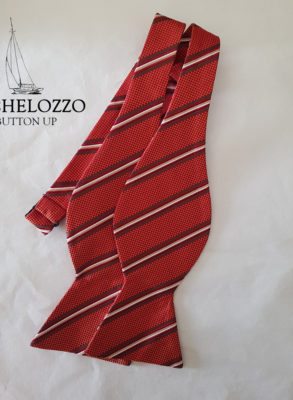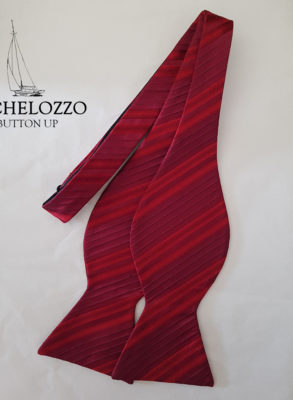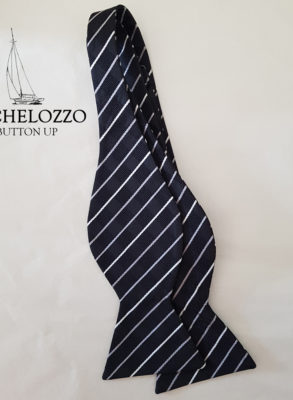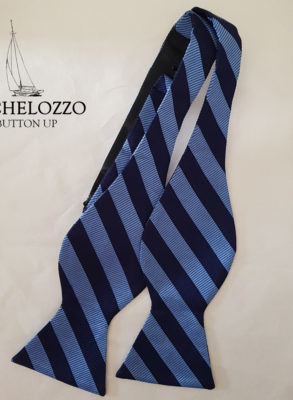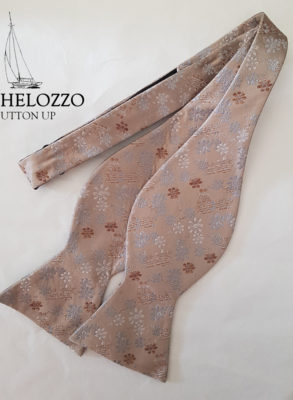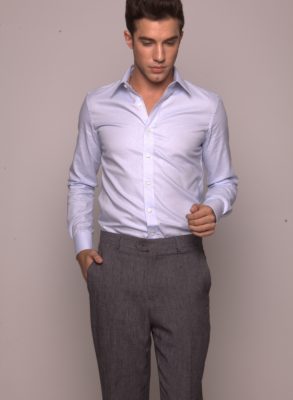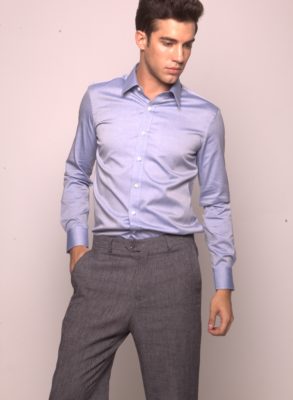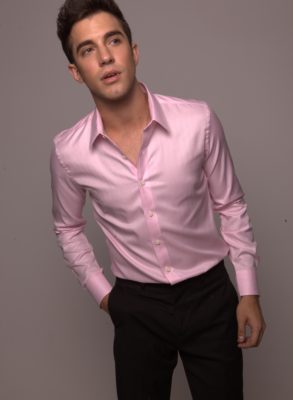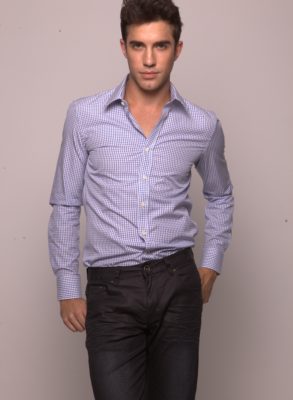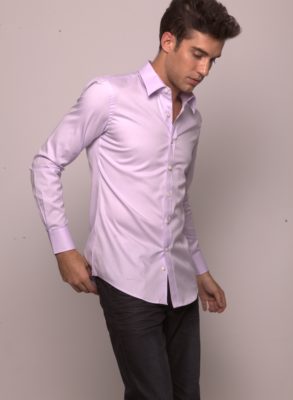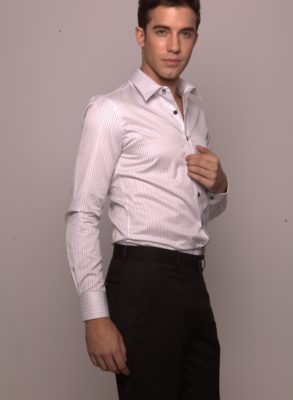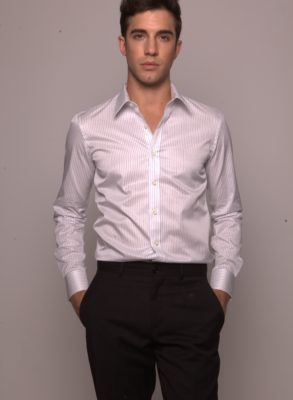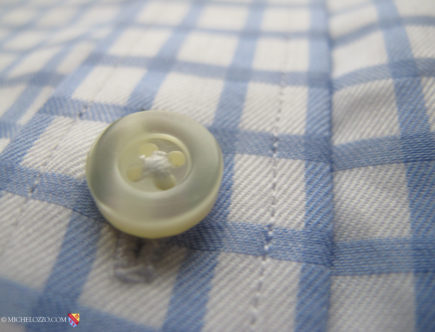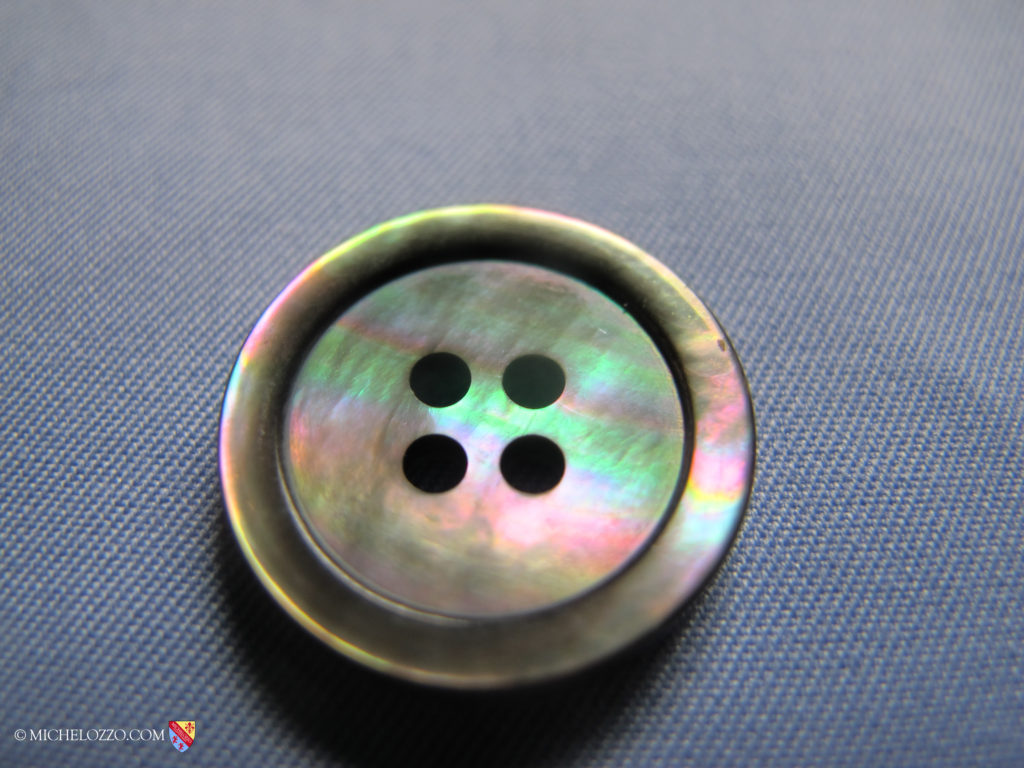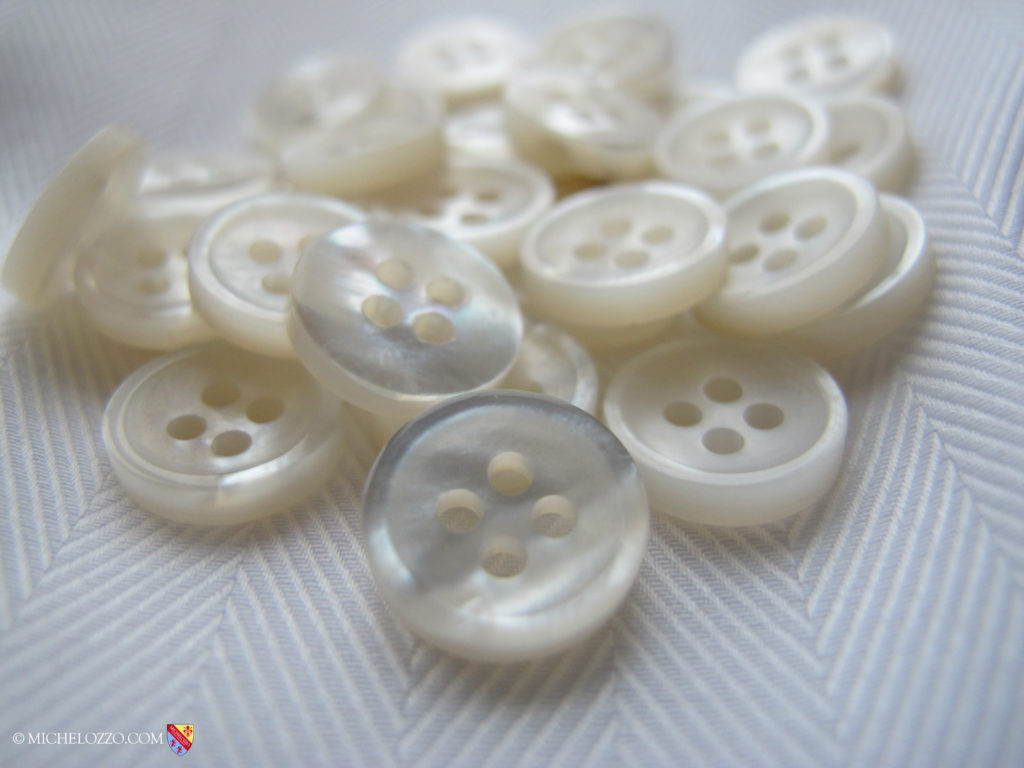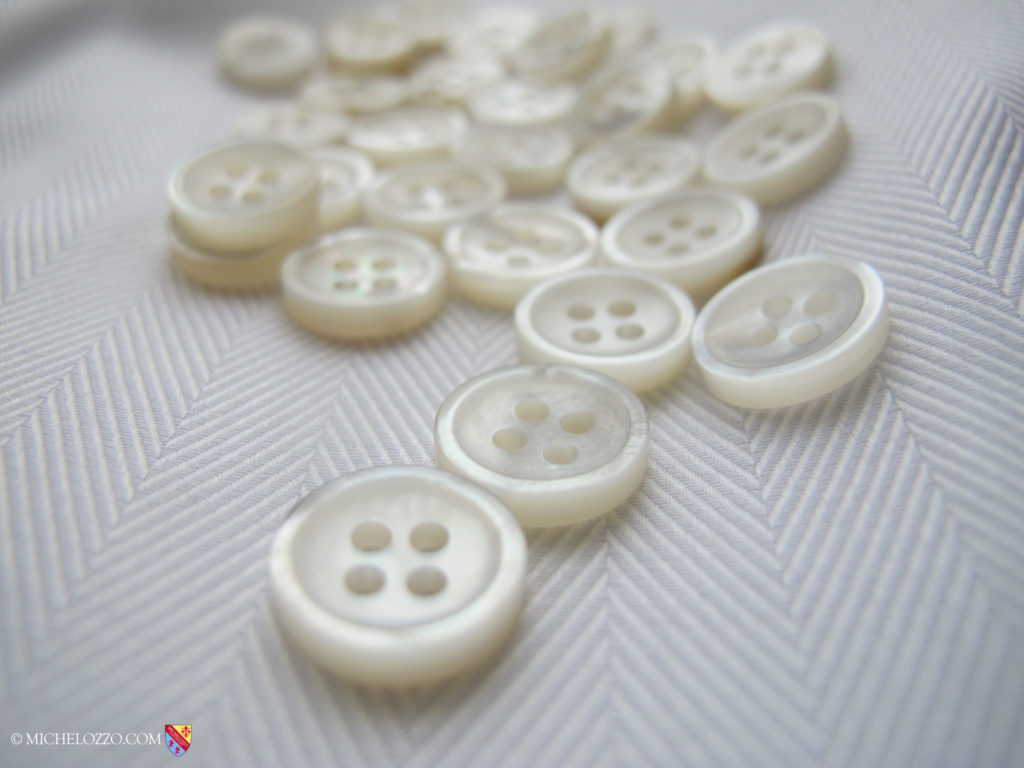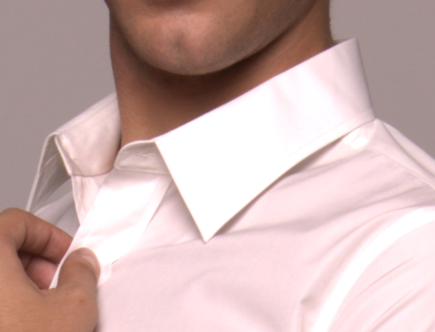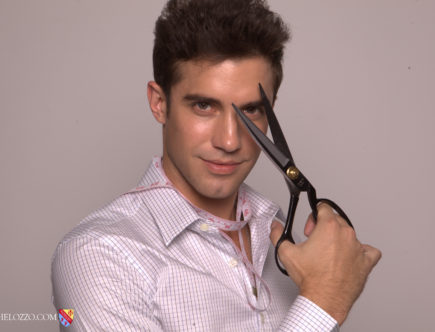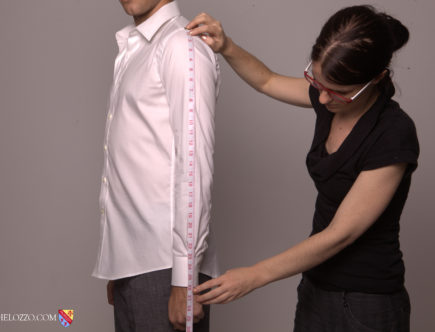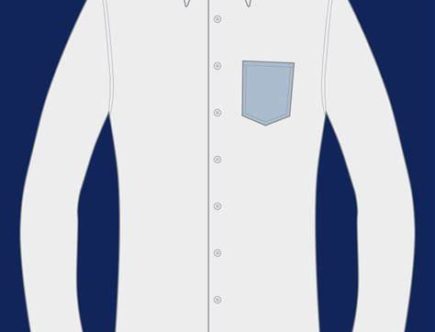As the name suggest, your cotton blend shirt is made of fabrics which is a blend of both natural cotton fibers and synthetic fibers. You may be asking yourself whether a 100% cotton dress shirt is better than a cotton blend shirt. Okay, although the 100% pure cotton dress shirt has its advantages (like being able to withstand repetitive laundering), sometimes synthetic element are needed to create a particular look. Adding synthetic fibers like polyester helps gives your dress shirt extra sheen, color, and texture. While the 100% pure cotton dress shirt are excellent for its breathability, this breathability factor also has a downside in traps dirt particles more easily.
The two most popular types of cotton blend dress shirt materials are: 1. Cotton Blended with Polyester and 2. Cotton Blended with Lycra.
The cotton and polyester blend dress shirt has increase durability, making it longer if you take care of it properly. The reason for this greater lifespan is polyester fibers tends to be less susceptible to wrinkles, stretching and shrinking than cotton fibers. You probably already know that 100% cotton dress shirt tend to shrink slightly after the first wash. Having polyester in the fabric content addresses this. Furthermore, the cotton polyester blend dress shirt will dry quicker than a pure cotton shirt. Another upside to the cotton and polyester blend dress shirt is it is less likely to stain.
Lycra is synthetic fiber that is also commonly referred to as spandex. When the synthetic lycra material is blended with cotton, it create a fabric which has more stretching properties. This comparatively more stretchable feature makes the cotton and lycra blend dress shirt particularly suitable for those who want are more fitting dress shirt. The fabric’s ability to stretch enables it to accommodate your body where required. As you can see, having a cotton blend dress shirt means that you not only benefit from the unique properties of cotton, you also benefit from being able to enjoy the useful features of synthetic fibers like polyester and lycra.
